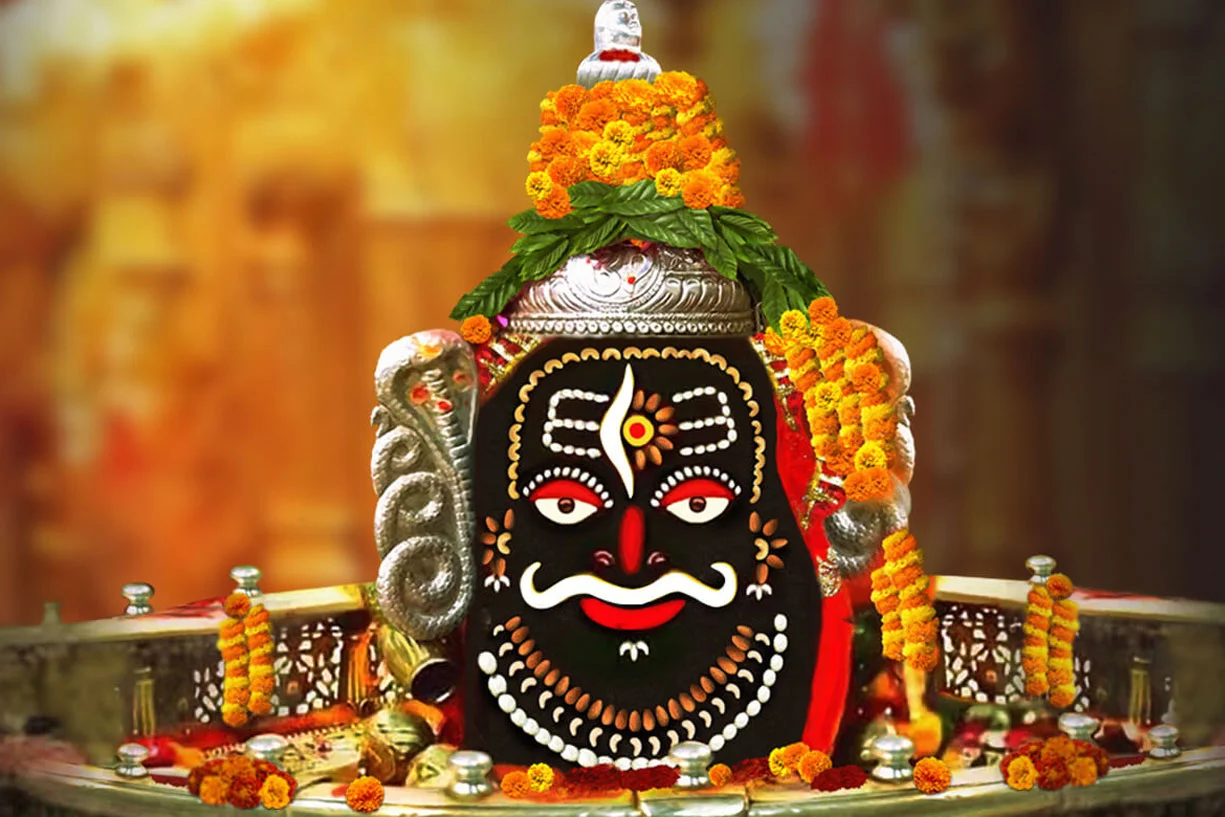Exploring the Twelve Jyotirlingas: A Spiritual Journey in India
Published by Bibek Kakati
·
4 min read
·
10 Apr, 2025

India is a land of diverse cultures and deep spiritual traditions. Among its many sacred sites, the twelve Jyotirlingas hold a special place in the hearts of devotees. These sacred shrines, dedicated to Lord Shiva, symbolize his divine presence in various forms and are believed to be the most powerful places of worship for Shaivites. If you’re planning to embark on a spiritual journey to these hallowed sites, here’s everything you need to know about their significance, history, how to react, when to visit, and some important tips!
What Are Jyotirlingas?
The term "Jyotirlinga" translates to "radiant sign of the Almighty." According to Hindu texts, there are twelve Jyotirlingas scattered across India, each with its unique legends and significance. Devotees believe that visiting these shrines can purify one's soul and grant blessings.
Here’s a brief overview of each Jyotirlinga:
1. Somnath (Gujarat)
This is the first Jyotirlinga and is known for its magnificent temple that has been rebuilt several times throughout history.
Significance: Symbol of resilience and the cycle of creation-destruction.
2. Mallikarjuna (Andhra Pradesh)
Situated in Srisailam, this shrine is dedicated to Lord Shiva and Goddess Parvati. It is said to be one of the oldest temples, embodying deep spiritual significance.
Significance: Ancient shrine of Shiva and Parvati, embodying deep spiritual significance.
3. Mahakaleshwar (Madhya Pradesh)
Located in Ujjain, Mahakaleshwar Jyotirlinga is known for its unique "Bhairav" form. The city of Ujjain also plays a crucial role in Hindu mythology.
Significance: Unique "Bhairav" form of Shiva in the sacred city of Ujjain.
4. Omkareshwar (Madhya Pradesh)
This Jyotirlinga is situated on an island shaped like the Om symbol. It's famous for its serene surroundings and spiritual ambiance.
Significance: Located on the "Om"-shaped island, known for serenity and spiritual ambiance.
5. Kedarnath (Uttarakhand)
Nestled in the Himalayas, Kedarnath is one of the most visited Jyotirlingas. It’s accessible only during the summer months due to heavy snowfall in winter.
Significance: High Himalayan abode of Shiva, a challenging yet deeply rewarding pilgrimage.
6. Bhimashankar (Maharashtra)
Surrounded by beautiful forested hills, this temple is not just a spiritual spot but also a wildlife sanctuary, making it a great destination for nature lovers.
Significance: Spiritual sanctuary nestled in nature, also a haven for wildlife.
7. Kashi Vishwanath (Uttar Pradesh)
Located in Varanasi, Kashi Vishwanath is revered as the "Golden Temple." This sacred city is known as the spiritual capital of India and offers a glimpse into ancient traditions.
Significance: The "Golden Temple" in Varanasi, the spiritual heart of India.
8. Trimbakeshwar (Maharashtra)
This Jyotirlinga is located near Nashik and is famous for its scenic beauty and historic temples.
Significance: Near Nashik, revered for its scenic beauty and historical temples.
9. Vaidyanath (Jharkhand)
Associated with the healing powers of Shiva, this temple is a popular pilgrimage for those seeking health blessings.
Significance: Associated with Shiva's healing powers, sought for health blessings.
10. Nageshwar (Gujarat)
Also known as Aundha Nagnath, this Jyotirlinga is said to protect devotees from all kinds of danger.
Significance: Protector from all dangers, a significant Shiva manifestation in Gujarat.
11. Ramanathaswamy (Tamil Nadu)
Located in Rameswaram, this site is as historically significant as it is spiritually powerful, being linked to Lord Rama in the Ramayana.
Significance: Linked to Lord Rama, a historically and spiritually powerful site in Rameswaram.
12. Grishneshwar (Maharashtra)
This temple complex is a major pilgrimage site and is unique for its two forms of Shiva and Parvati worship.
Significance: The last Jyotirlinga, representing compassion and the culmination of devotion.
When to Visit?
The best time to visit these Jyotirlingas is during the winter months (October to March) when the weather is pleasant. Festivals like Maha Shivaratri, celebrated in February or March, draw huge crowds and create a vibrant spiritual atmosphere.
Important Tips for Your Visit
Plan Ahead: If you’re visiting multiple Jyotirlingas, it’s best to plan your itinerary in advance to make the most of your time.
Dress Respectfully: As these are sacred sites, wearing modest clothing is important. Comfortable shoes are also a must as you may need to walk or climb.
Stay Hydrated: Carry water, especially if you're visiting during the warmer months. It's essential to stay hydrated while traveling.
Respect Local Customs: Always be respectful of the rituals and customs observed in temples. It’s important to follow the rules laid down by the temple authorities.
Engage with the Spiritual Vibe: Take time to meditate, reflect, or simply soak in the divine energy of the place. Each Jyotirlinga has its unique vibe, so embrace the spirituality of your surroundings.
Conclusion
Visiting the twelve Jyotirlingas is more than just a pilgrimage; it’s a journey into the heart of spirituality and culture of India. Each site offers a unique experience that connects the divine and the seeker. Whether you’re a devout follower of Shiva or a traveler seeking understanding and peace, these ancient shrines are sure to leave a lasting impression. So pack your bags and embark on this enlightening journey - blessings await!
If you need more details or want to plan a hassle free spiritual trip, check our Jyotirlinga darshan packages curated for you.
